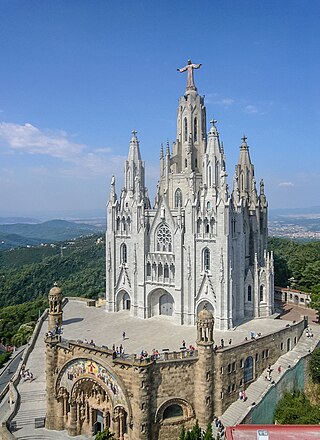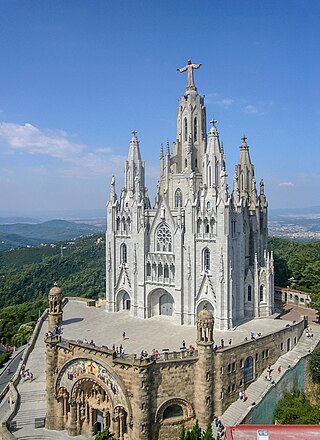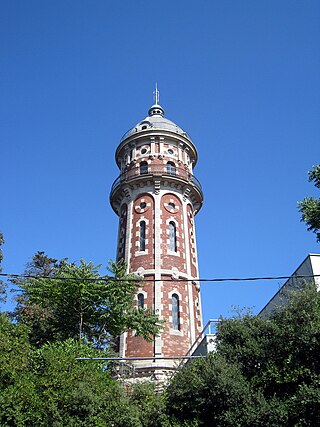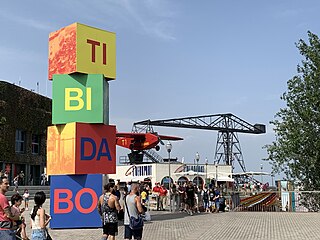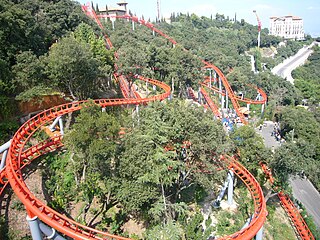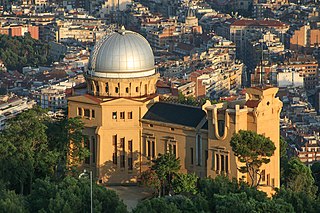Self-guided Sightseeing Tour #8 in Barcelona, Spain
Legend
Guided Free Walking Tours
Book free guided walking tours in Barcelona.
Guided Sightseeing Tours
Book guided sightseeing tours and activities in Barcelona.
Tour Facts
2.1 km
199 m
Experience Barcelona in Spain in a whole new way with our free self-guided sightseeing tour. This site not only offers you practical information and insider tips, but also a rich variety of activities and sights you shouldn't miss. Whether you love art and culture, want to explore historical sites or simply want to experience the vibrant atmosphere of a lively city - you'll find everything you need for your personal adventure here.
Activities in BarcelonaIndividual Sights in BarcelonaSight 1: el Tibidabo
Tibidabo is a hill overlooking Barcelona, Catalonia, Spain. At 512 metres (1,680 ft), it is the tallest hill in the Serra de Collserola. Rising sharply to the north-west, it has views over the city and the surrounding coastline.
Sight 2: Temple Expiatori del Sagrat Cor
The Temple Expiatori del Sagrat Cor is a Roman Catholic church and minor basilica located on the summit of Mount Tibidabo in Barcelona, Catalonia. The building is the work of the Catalan architect Enric Sagnier and was completed by his son Josep Maria Sagnier i Vidal. The construction of the church, dedicated to the Sacred Heart of Jesus, lasted from 1902 to 1961.
Sight 3: Edifici Cel
The Torre de les Aigües de Dos Rius is an industrial building in Barcelona protected as a Cultural Asset of Local Interest.
Sight 4: Parc d'atraccions del Tibidabo
Tibidabo Amusement Park is an amusement park located on Tibidabo in the Collserola Ridge in Barcelona. The park was built in 1899 by the entrepreneur Salvador Andreu and opened in 1905. The park is among the oldest in the world still functioning. It is Spain's longest running amusement park. Most of the original rides, some of which date to the turn of the 20th century, are still in use. The park is now owned by the Barcelona City Council.
Sight 5: Muntanya russa del Tibidabo
Muntanya Russa is the name of an amusement ride of Tibidabo Amusement Park, located at level 1 of the park.
Sight 6: Observatori Fabra
The Fabra Observatory is an astronomical observatory located in Barcelona, Catalonia, Spain pointed towards the south at 415 metres above sea level.
Share
How likely are you to recommend us?
Disclaimer Please be aware of your surroundings and do not enter private property. We are not liable for any damages that occur during the tours.
GPX-Download For navigation apps and GPS devices you can download the tour as a GPX file.
